This story appears in my book, It Happened in New Zealand. It is just one of the interesting events that I write about in this book.
Captain Nias and Major Thomas Bunbury proclaimed Queen Victoria’s sovereign rights over Stewart Island on the 5th June 1840. After the ceremony, they placed a copy of the proclamation in a bottle and buried it on the island with ‘a mound erected over it’. To this day, the bottle has never been found.
 Port Pegasus (icommunicate.co.nz)
Port Pegasus (icommunicate.co.nz)
After the signing of the Treaty of Waitangi, the 20 gun frigate, HMS Herald was despatched south to collect the signatures of the southern chiefs. The sovereign rights of Her Majesty Queen Victoria were to be proclaimed over the South Island and ‘Stewart’s Island’ as it was then known. In early June, the Herald sailed past Ruapuke Island, the headquarters of the south’s paramount chief, Tuhawaiki. It seems strange he was not paid at least a courtesy visit. The Herald also bypassed the Maori village on Stewart Island as it continued further south to Port Pegasus. It would appear Major Bunbury felt he would be on stronger ground asking for Maori signatures after first proclaiming sovereignty over their island.
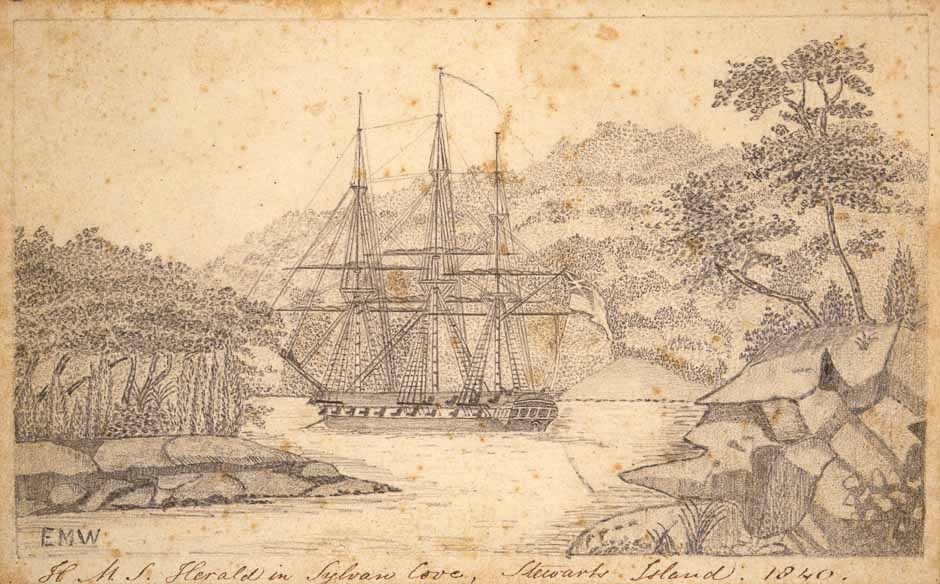 HMS Herald in Sylvan Cove (nzhistory.govt.nz)
HMS Herald in Sylvan Cove (nzhistory.govt.nz)
CLAIMING FOR BRITAIN
On the 4th June, the Herald anchored in Sylvan Cove and the following morning Major Bunbury and his interpreter, Edward Williams, who had assisted in the translation of the Waitangi Treaty, hiked the four miles from the anchorage to the site of a shipbuilders settlement, but they found it abandoned. The two men hurried back to their ship. “There being little probability of us finding any natives on the island Captain Nias and myself deemed it advisable the same day to proclaim the Queen’s authority over the island, for which purpose the marines were landed with a party of officers from the ship.” he recorded in his official papers.
QUICK CEREMONY
The ceremonial party rowed ashore and assembled on a small island nearby. The ship’s log records: “Her Majesty’s colours were hoisted at Sylvan Bay on the 5th day of June 1840 by Captain Joseph Nias commanding HMS Herald with a detachment of Royal Marines, and by Major Thomas Bunbury of the 80th Staffordshire Regiment, who were commissioned for the purpose.” Once the proclamation had been read, “the Marines who were drawn up on the spot, presented arms and saluted the colours, after which they fired a feu-de-joie, (staggered firing into the air) presented arms and gave three cheers accompanied by the officers of the ship and a part of the ship’s company.”
After the ceremony, a copy of the proclamation was signed by Captain Nias and Major Bunbury then rolled up and squeezed into a bottle which was buried somewhere on ‘a small island with a mound over it’. The ship’s log didn’t record the exact location of the burial of this important historical document in case it was later dug up. The only clue in the log states the small island ‘becomes a peninsula at low water’.
FAILED SEARCHES
The Herald was wind bound in Port Pegasus for four days. So on the 9th of June it finally anchored at Ruapuke Island and obtained Tuhawaiki’s signature. After achieving his two missions, Major Bunbury sailed away never to return to the southern part of the world. Others have paid visits though. There have been three recorded attempts to find the buried bottle. The first was in 1936 when the HMS Dunedin dropped anchor in Port Pegasus but after searching the western and eastern shores, the crew left empty handed.
In 1948, Basil Howard took a group of university students to Stewart Island. He was certain he had worked out the location of the bottle, but after painstakingly poking and prodding the shoreline around Port Pegasus he was also forced to give up. The last major search for the illusive bottle took place in 1988. The hunters had worked out the exact location of the ‘small island’ by studying a sketch made at the time of the burial. The tidal area was carefully probed as the search party inched forward shoulder to shoulder, but they too, were forced to admit defeat.
Did a Maori party unearth the bottle and dispose of it many years ago? It seems to be the only solution to the disappearance of this unique receptacle containing an important document that helped change the course of New Zealand’s destiny for all time.
Ceidrik Heward
Ceidrik Heward is an Amazon TOP SELLING AUTHOR and has lived and worked in 7 countries working as a TV cameraman, director and film tutor. For the past 17 years he has focused on writing and has been published in magazines and newspapers in Europe, USA, Asia and the Middle East.
His interests include photography, psychology and metaphysics. He loves to read and always has at least 3 books on the go. He has written 22 manuals/books and has just completed his 4th short novel. Ceidrik believes sharing information and stories is the best way to stimulate the imagination and enrich our lives.
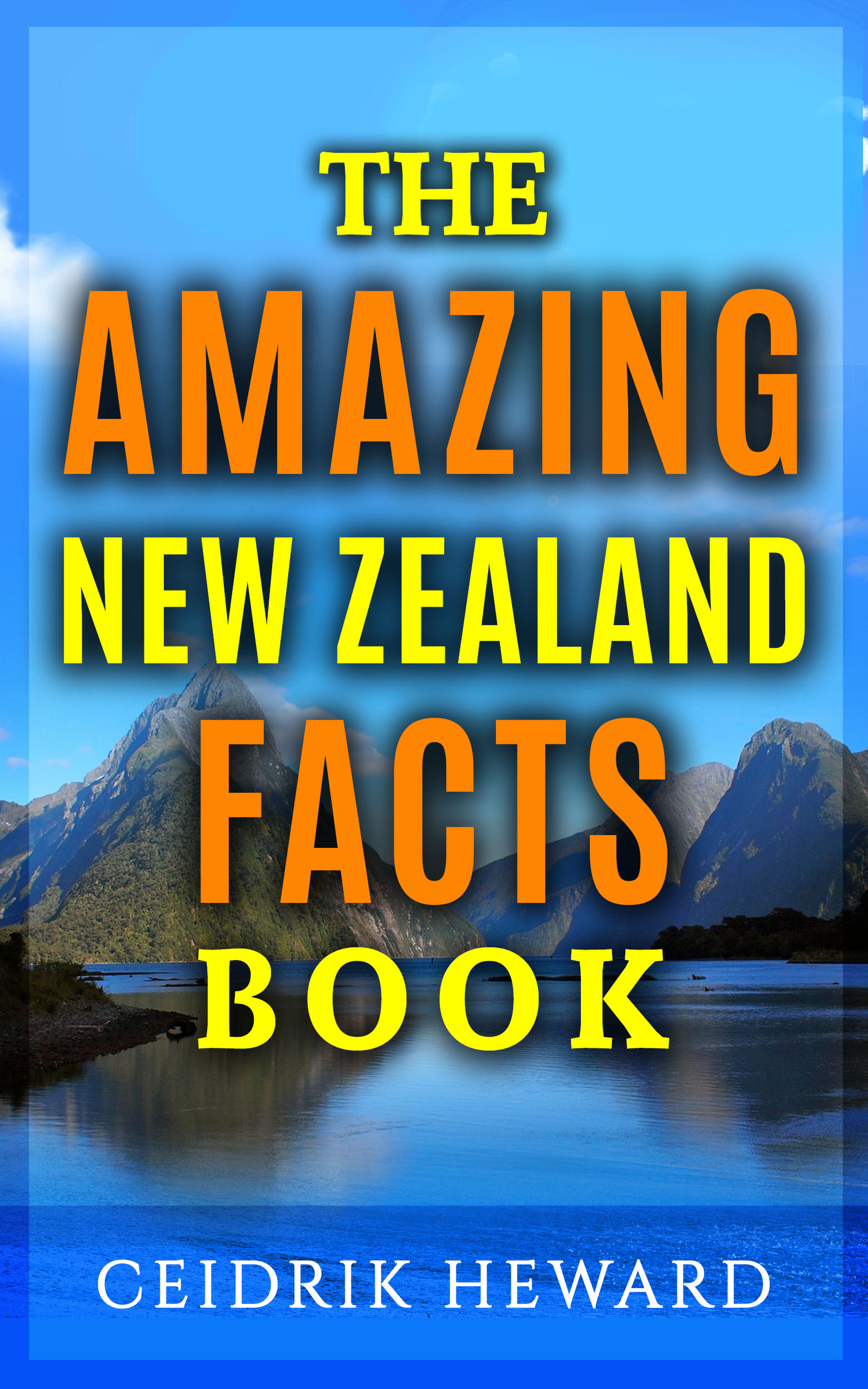
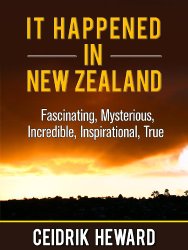

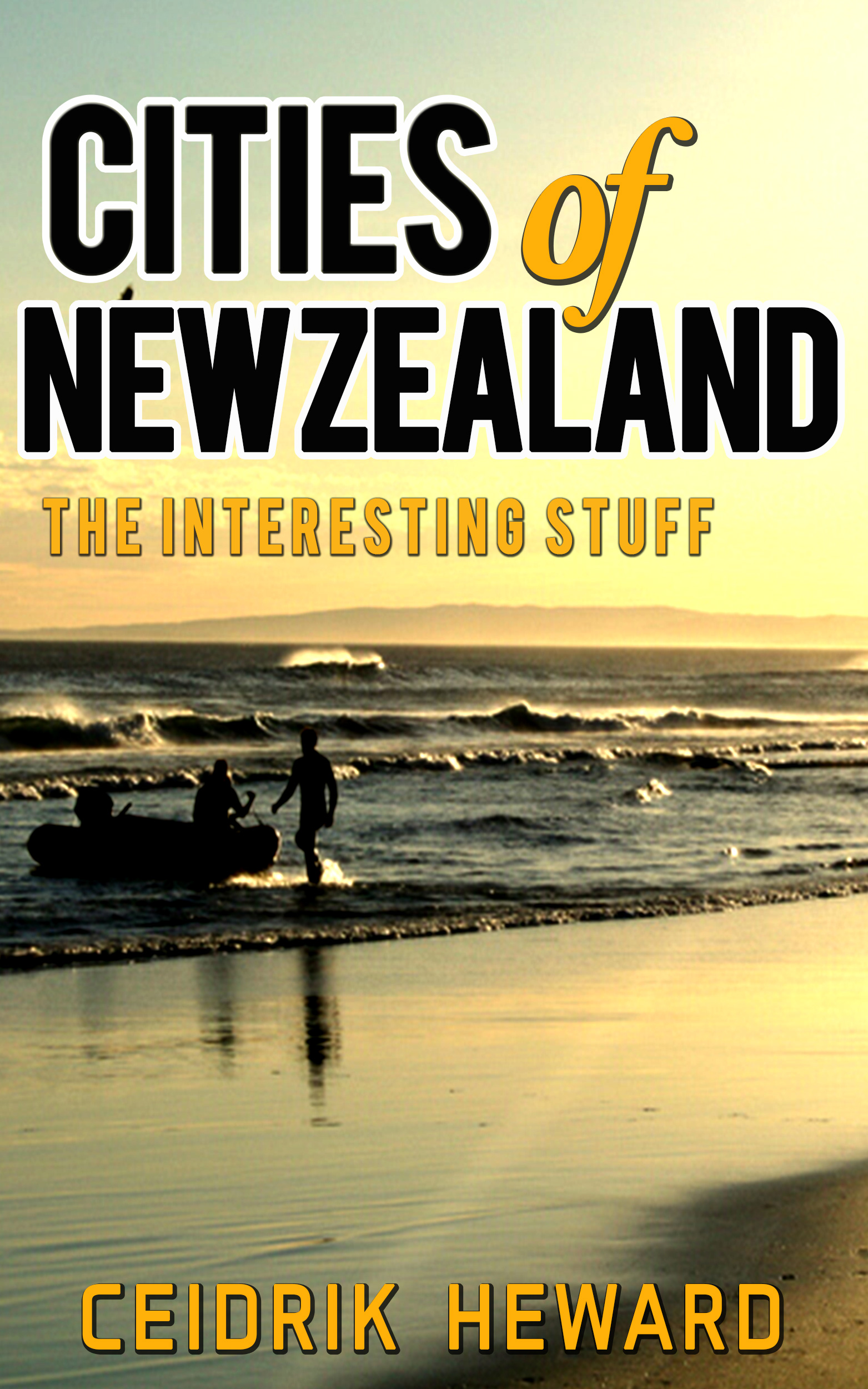

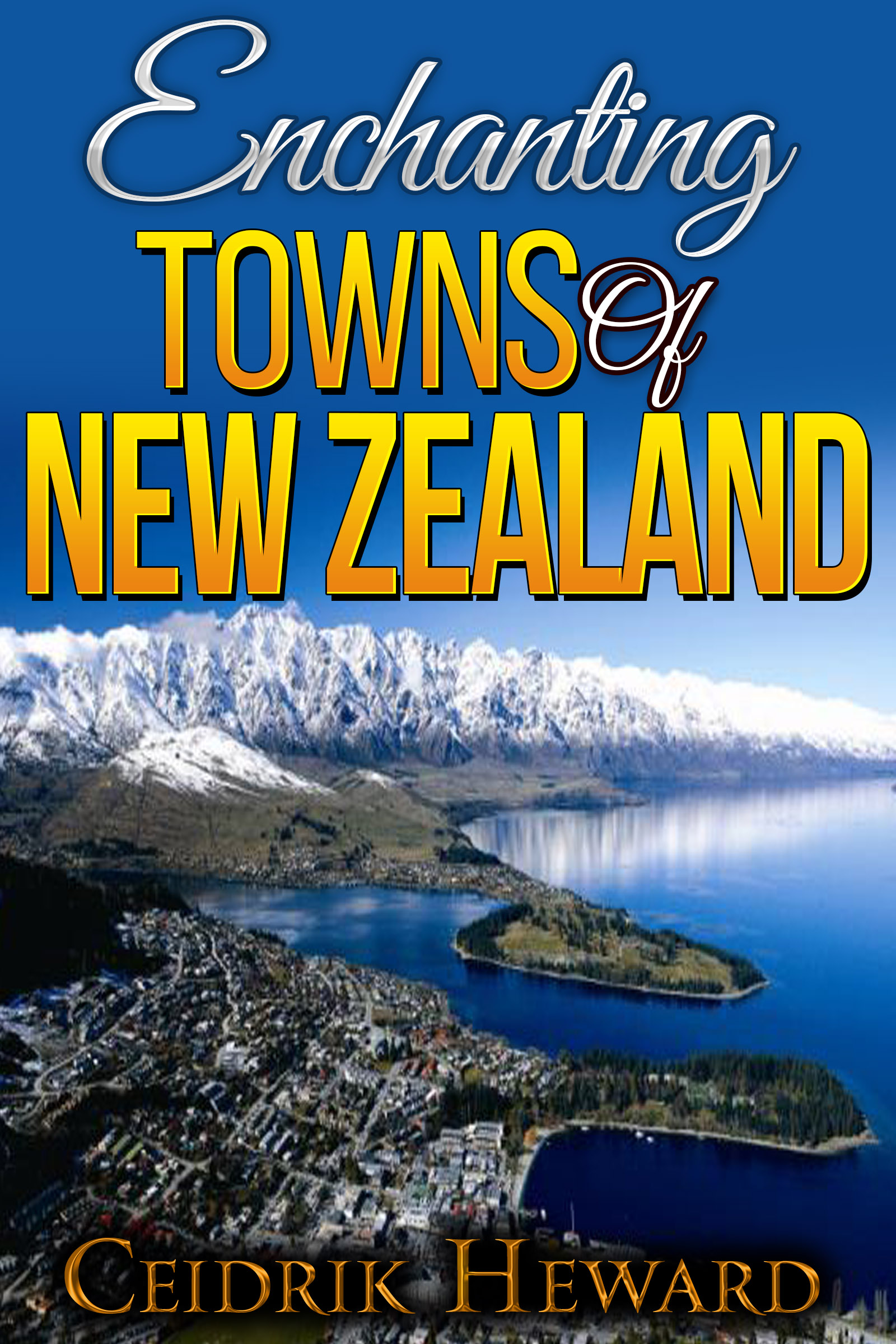
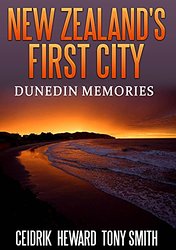
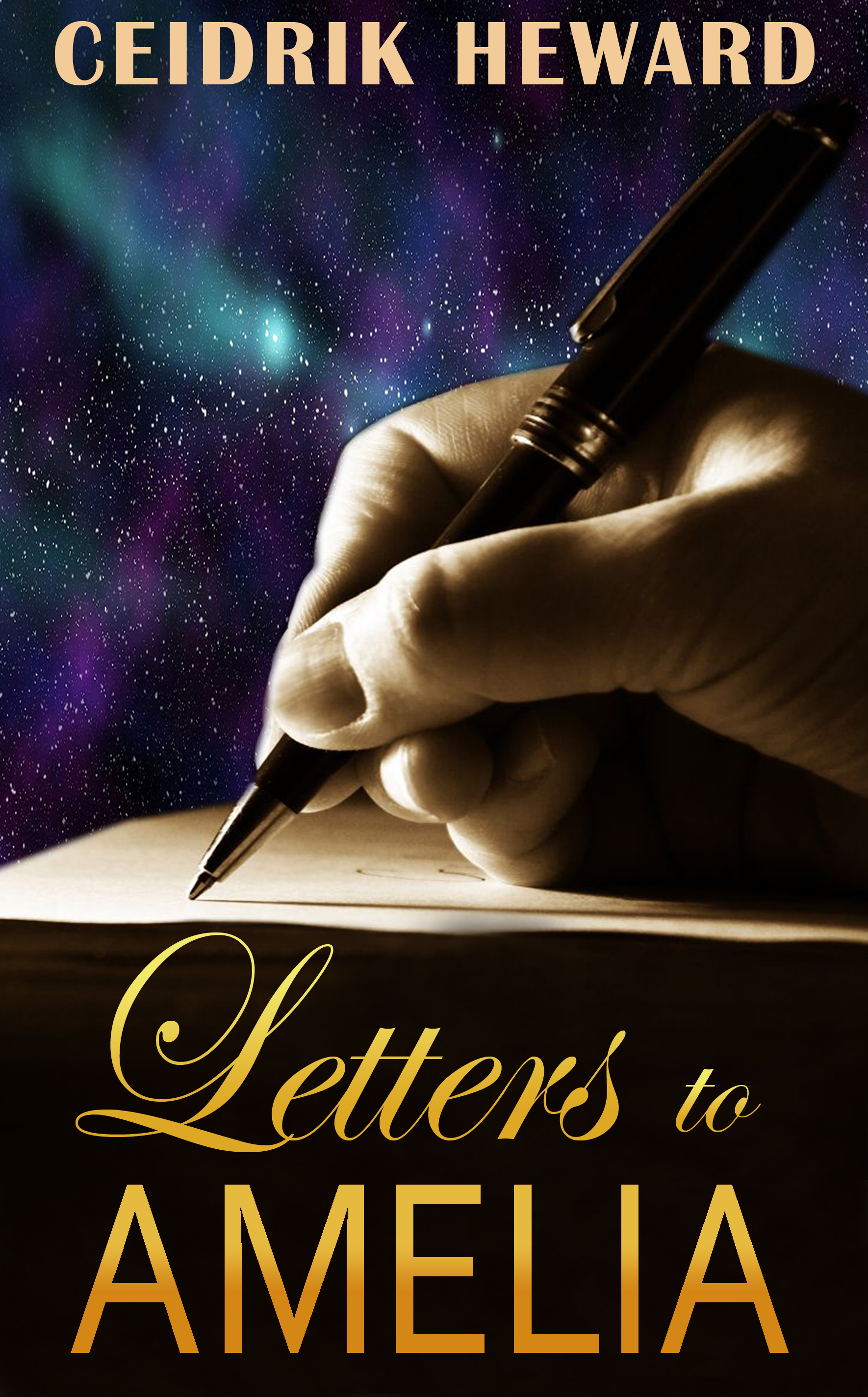












 Visit Today : 371
Visit Today : 371 Total Visit : 1133548
Total Visit : 1133548
I knew an old man from Southland who collected old books and manuscripts, He knew I was a keen reader so let me read his collection. In one of these amazing old books which I believe was one of a kind was a description of one of the men in the row boat that went ashore to bury the treaty in the bottle. It is on Stewart Island but not where these people are looking, it’s the other side of the island .will look for it myself one day as I am certain I know where it is, the mans description was very detailed
Thanks for the comment Roger. I hope you find the bottle. Let me know if you do!!